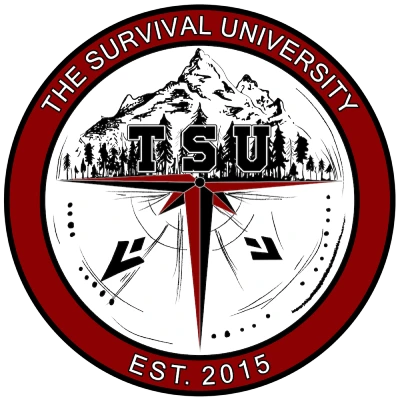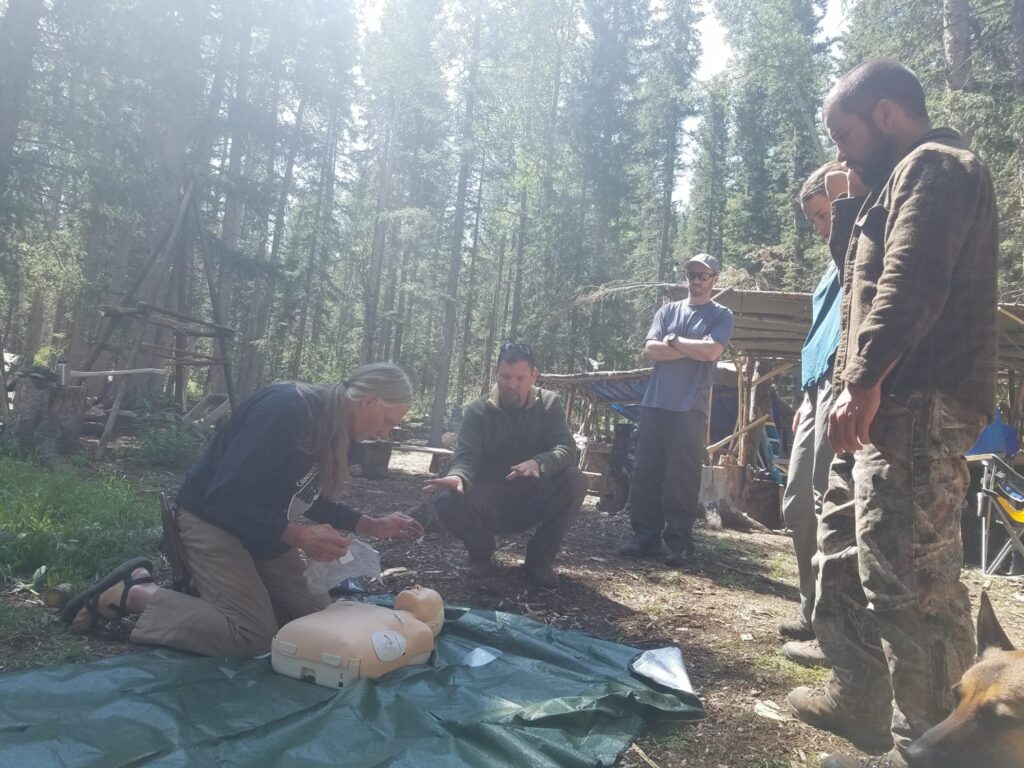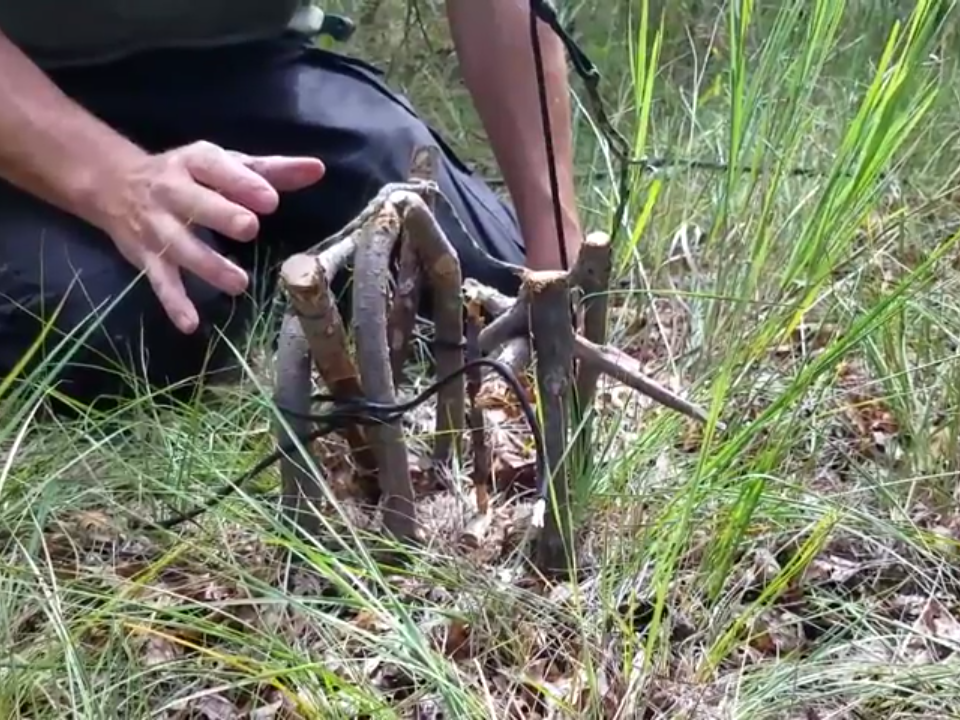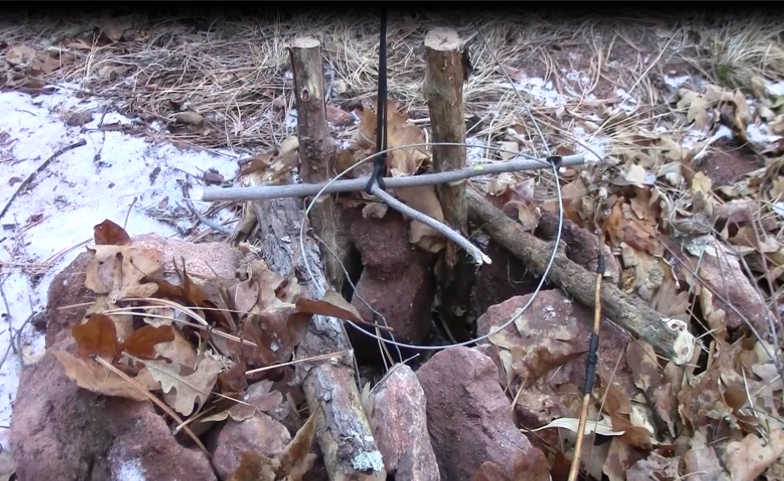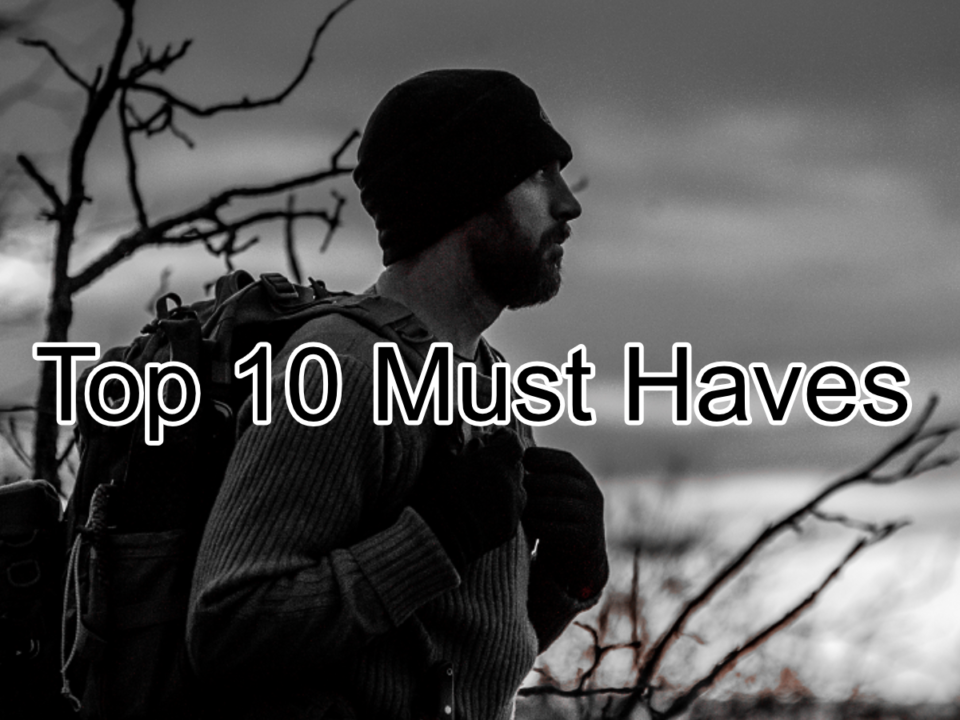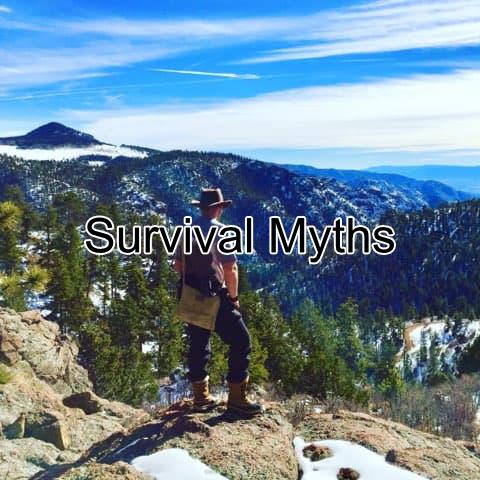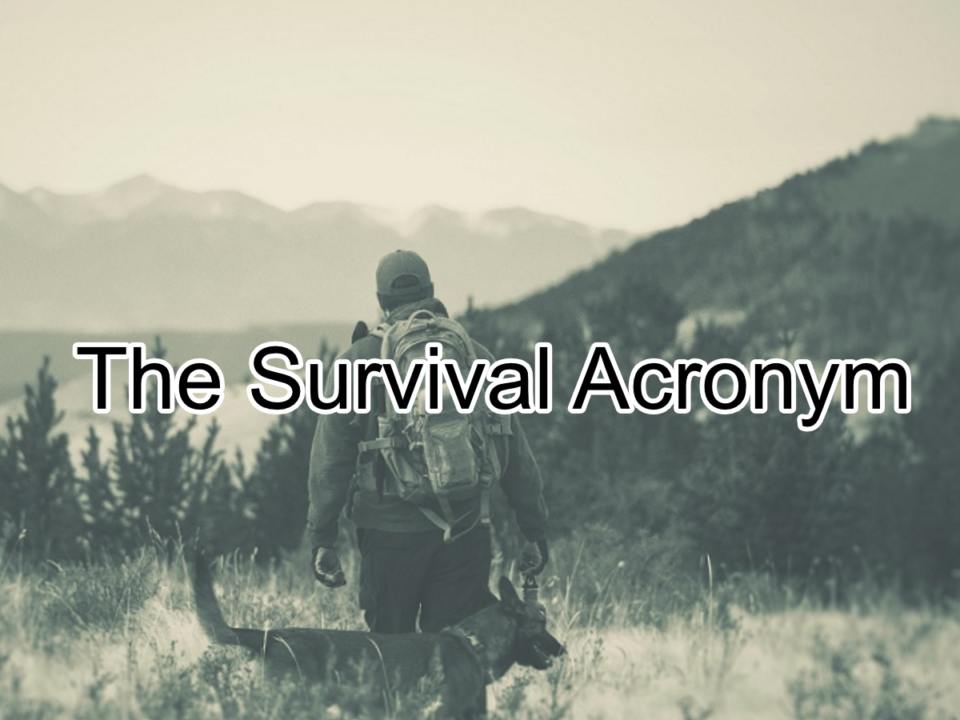Cart
3 min read
March Protocol

Understanding the MARCH Protocol: A Life-Saving Approach
In emergency situations involving massive traumatic injuries, knowing the MARCH protocol can make the difference between life and death. This structured approach prioritizes treatment, enabling first responders to quickly assess the situation and provide care in the correct order of urgency. MARCH is a step-by-step guide that ensures critical interventions are addressed first, stabilizing the patient before attending to less immediate needs.
What Does MARCH Stand For?
M – Massive Hemorrhage
Uncontrolled bleeding is the leading cause of preventable death in trauma situations. The first priority is to stop the bleed:
- Use a tourniquet for severe limb bleeding.
- Apply direct pressure or hemostatic agents if a tourniquet is not an option.
- In extreme cases, you may need to insert your finger directly into the wound to apply pressure to an artery and control the bleeding.
Key Tip: Time is critical—act fast to minimize blood loss.
A – Airway
An open airway is essential for survival. If the patient cannot breathe, immediate action is required:
- Perform a jaw thrust or head-tilt chin lift to open the airway.
- Remove obstructions if visible, but avoid blind sweeps that could push debris further down.
Key Tip: If the patient is talking, they can breath but continue to assess often if they were choking and stop talking.
R – Respirations
Once the airway is open, check for effective breathing and address respiratory trauma:
- If the patient isn’t breathing, provide artificial ventilation.
- Assess for chest wall injuries, such as open wounds or flail chest, and treat appropriately (e.g., seal open chest wounds with an occlusive dressing or chest seal).
Key Tip: Look, listen, and feel for signs of breathing to evaluate the need for immediate intervention.
C – Circulation / C-Spine
Beyond stopping major bleeding, it’s vital to assess overall circulation and stabilize the cervical spine if a spinal injury is suspected:
- Reevaluate the tourniquet and adjust if necessary.
- Check for additional bleeding and control it.
- If a spinal injury is likely, immobilize the cervical spine to prevent further damage.
Key Tip: Monitor the patient’s pulse to ensure adequate blood flow is being maintained. If an tourniquet is applied, there should be no blood flow to that extremity. That’s the point! Don’t take it off!
H – Hypo/Hyperthermia and Helicopter/Hike
Protecting the patient from environmental factors can be just as important as treating physical injuries:
- Prevent hypothermia (even in warm climates) by insulating the patient from the ground and covering them with a blanket or survival gear.
- Address hyperthermia by moving the patient to a cooler environment and hydrating if appropriate.
- Determine whether to stay or evacuate (e.g., via helicopter or hiking). Develop and execute a clear plan.
Key Tip: Stabilizing body temperature improves the chances of survival and reduces complications.
Why the MARCH Protocol Matters
The MARCH protocol is more than just a checklist—it’s a mindset for handling emergencies effectively. By focusing on the most life-threatening issues first, first responders can act quickly and systematically, increasing the patient’s chances of survival.
Whether you’re a trained medic, a wilderness survival enthusiast, or someone who simply wants to be prepared, mastering MARCH equips you with the tools and confidence to save lives when it matters most.
Leave a Comment
Embracing a Survival Mindset: The Key to Thriving in Uncertain Times
Discover the importance of developing a survivalist mindset in our latest blog post by Jason Marsteiner, founder of The Survival University. Learn how immersive training,...
Primary Survey Using ABCDE
Learn how to conduct a Primary Survey using the ABCDE approach in wilderness first aid to quickly assess and treat life-threatening conditions.
MOJAVE SCISSOR TRAP
Learn how to set up a powerful Mojave scissor trap for wilderness survival, delivering force to dispatch prey instantly.
T Bar Snare
Learn how to set up the effective T Bar snare trap for survival situations. Discover tips on notching uprights and using the Penny Snare.
Top 10 Must-Haves
Discover the top 10 must-have items for wilderness survival in this blog post. Ensure you're prepared for any outdoor adventure.
Top 10 Survival Myths That Could Get You Killed
Learn the truth behind 10 common survival myths that could put your life at risk. Debunk the misconceptions and stay safe.
Top 10 Mistakes in the Backcountry
TOP 10 MISTAKES IN THE BACKCOUNTRY Regardless of experience level, no one is immune from getting lost, injured, or killed while recreating or working in...
THE SURVIVAL ACRONYM
Learn the Survival Acronym to navigate through difficult situations effectively. Size up, use your senses, vanquish fear, improvise, value life, and more.
March Protocol
Learn the life-saving MARCH protocol for wilderness survival. Prioritize treatment to save lives in traumatic situations.
Wilderness Survival Tips
Essential wilderness survival tips for staying safe and prepared in emergencies. Learn crucial skills, practice regularly, and boost confidence for outdoor adventures. Visit our blog...
